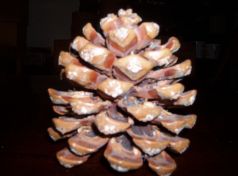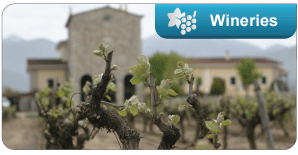Retsina
Retsina is the best known traditional Greek wine. Its reputation, not always positive, had long overshadowed that of other distinguished Greek wines and appellations.
According to archaeological finds and countless written accounts regarding its production and consumption, Retsina, or “retinitis oenos” as it was called in antiquity, has been steadily produced for thousands of years. The main reasons for the use of pine resin used in vinification were the following:
• The proximity of vineyards to resin-producing pine forests, especially in Central Greece
• It was used to seal the mouth of amphorae (ancient ceramic vessels used for storage and transportation of wine) and coat their interior for insulation and preventing the wine from coming into contact with the air
• Resin was added as a wine preservative
• Wine barrels made of pinewood (in later years)
• As an additive, it improved the composition of inferior wines
• It lent the wine its particular aroma (a vinification practice still in use today)
Retsina is produced by the addition of the natural resin extracted from pinus halepensis (commonly known as Aleppo Pine) during fermentation of white and, in rare cases, of rosé wines. Having left only its aroma in the wine, the resin is then removed. The main grape variety used in the production of Retsina is savvatiano and, to a lesser degre, rhoditis.
Premium quality Retsina carries the characteristic balsamic aroma of pine which, however, does not inhibit grape aromas. The imperceptible sense of bitterness leaves a refreshing aftertaste akin to that of a carbonated refreshment, and makes Retsina the ideal companion of the flavorful dishes of traditional Greek cuisine.
Only Retsina produced in Greece can carry the indication “Traditional Designation (as is also the case with verdea wine). The areas best known for their Retsina production and permitted to carry their designation on the label of Retsina are all in Central Greece:
• Attica (mainly the area of Mesogia)
• Viotia
• Evia



